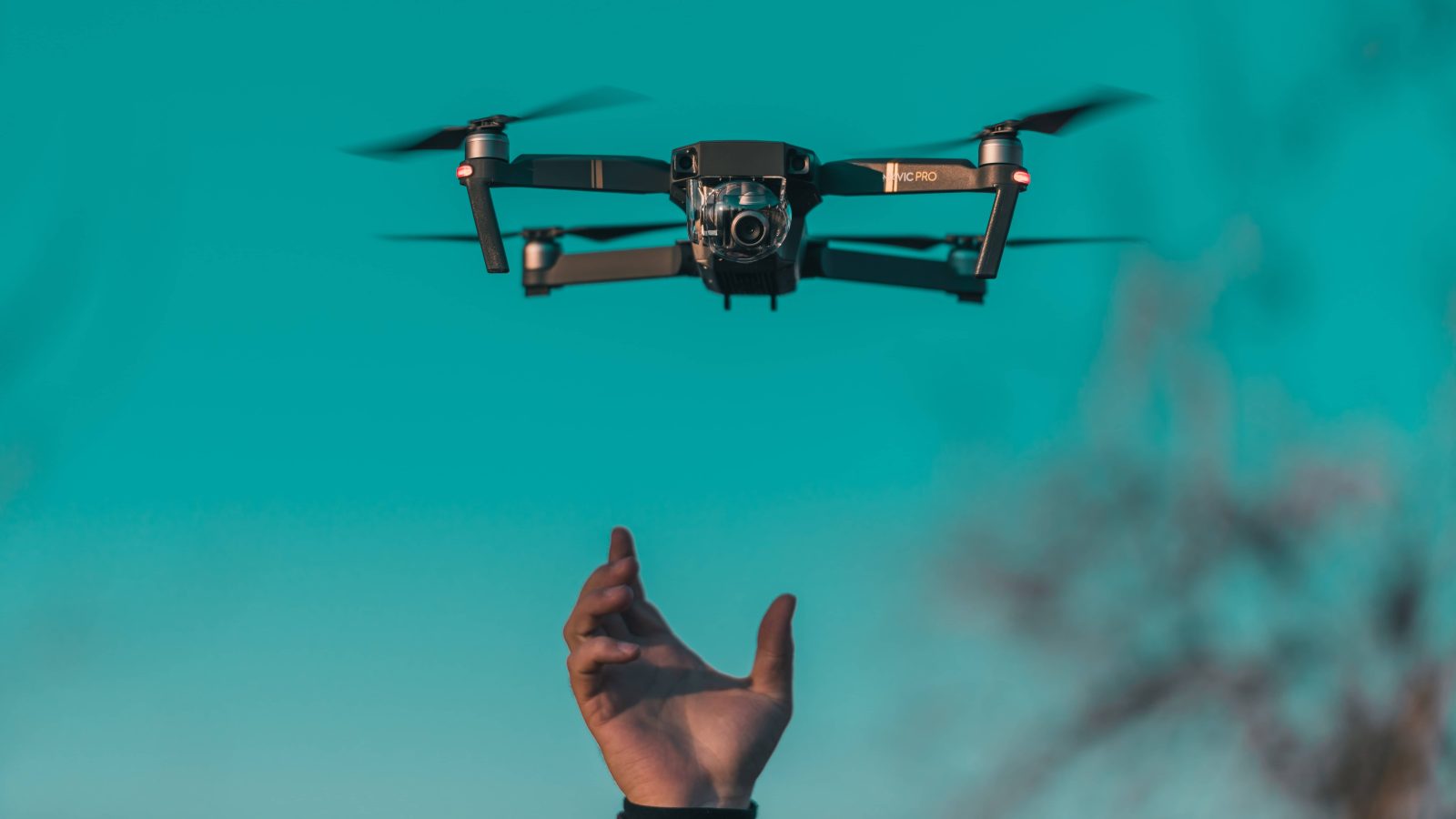
The European Union Aviation Safety Agency (EASA) has published guidelines explaining how UAS manufacturers and government agencies can measure the noise level of drones, ensuring they are not a nuisance to people and wildlife.
These guidelines are first-of-their-kind in the world and are applicable to a wide variety of drone platforms — such as multicopters, fixed-wing aircraft, helicopters, and powered-lift aircraft — as long as their weight is below 600 kg.
It’s important to highlight though that the drone noise measurement method proposed by EASA is completely voluntary and not a part of the official requirements for drone certification. Nonetheless, they can prove extremely useful to those working in the “specific” category under the new European drone regulations, which includes activities such as package deliveries, powerline inspections, bird control, mapping services, aerial surveillance, and roof inspections.
Read: Annoyed by its buzzing noise, Dutch vacationer fires multiple shots at high-end DJI drone
EASA certification director Rachel Daeschle explains:
New types of aircraft will be used in a wide variety of locations and introduce unfamiliar sounds which vary with the diversity of design. EASA recognizes that noise is a concern for many European citizens. These guidelines aim to offer a consistent measurement method and will help set expectations for manufacturers, national aviation authorities, and other relevant authorities.
Aviation authorities, specifically, can make these guidelines a basis for requesting operators to use drones with reduced noise emissions when operating in sensitive areas such as natural parks or in populated areas. Similarly, drone manufacturers, operators, and noise measurement organizations can use EASA’s recommendations to establish maximum noise levels associated with particular designs and operations.
Explore the guidelines in detail here.
Read: Student fined $3,500 for taking drone photos of girlfriend on campus
FTC: We use income earning auto affiliate links. More.





Comments